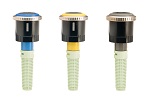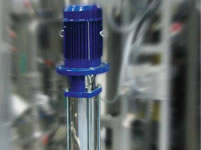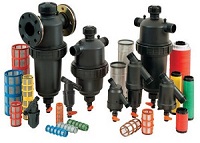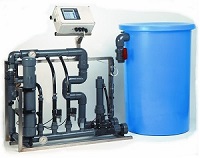Requirement:
We were tasked with providing a sprinkler better suited to applications of outdoor bed areas vs. conventional overhead methods being employed at the time, i.e. impact type sprinklers.
The overall aim was to meet or exceed minimum requirements set by HDC recommendations of sprinkler performance (HDC Factsheet 16/05), calculated by the HDC Irrigation Calculator software package. The result was for the sprinkler to be considered in the Water Link Project 2nd Annual Report 2007, and trials over numerous beds areas conducted and presented in comparison to performance of other sprinklers. The final analysis of performance was presented at an HDC Conference later in the year to numerous growers from around the country.
System Application:
Consider applying a row of 180˚ MP Rotator units along the edge of an outdoor bed area, with 90˚ MP Rotators placed on the corners of the bed. These sprinklers throw into the bed area, creating a scenario called “targeted irrigation”. If a heavier precipitation is required, apply a row on the opposing edge throwing across towards the other edge "head to head" if possible. Single edge applications will need to be run for longer to apply an adequate precipitation across the area.
There are TWO adjustments that need to be made to the MP Rotator sprinkler unit, being: adjustment of trajectory, and adjustment of angle of throw, which are very simple to do.
The most striking attribute to the MP Rotator is a Pressure Regulating unit on which the sprinkler sits. This ensures the exact amount of water being delivered from all sprinklers along the length of the bed, contributing to better uniformity across the bed area.
Overview:
From trials conducted on the MP Rotator performance in the Water Link Project, and continued trials conducted by the grower on each new application, this sprinkler has a proven track record of outstanding performance on these outdoor bed areas. Hand watering to “touch up” dry spots has been reduced by as much as 80%.
The grower continues to expand using said sprinklers today, and attributes his decision on selection of this sprinkler to better uniformity, and overall labour cost savings (less time hand watering on site).







